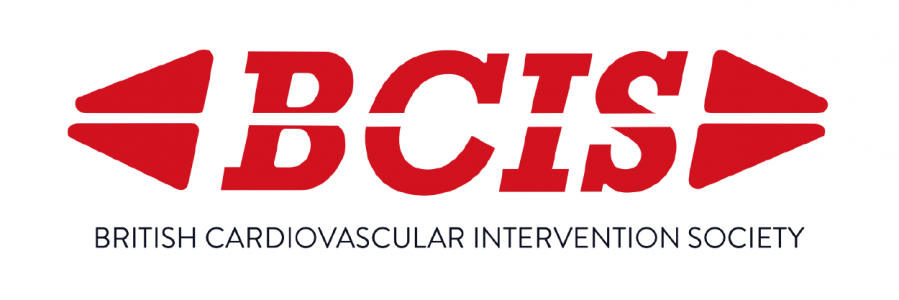" Hello, I'm Gregg Stone, and I'm a professor of medicine and population health sciences and policy and the Director of Academic affairs at the Mount Sinai Heart Health System in New York City.
Reasoning Behind this Sub-Analysis
Well, you know, there have been numerous studies and numerous meta-analyses done in the past of intravascular imaging versus angiography guidance for coronary drug eluting stent implantation, but none of them have been really big enough or powered. Enough to show a suggestion, to show whether or not all-cause mortality and all myocardial infarctions were reduced. Although there was trends in that direction. In addition, most of the studies were done with intravascular imaging, and the newer imaging modality that's starting to get widespread use, optical coherence tomography, has been studied in relatively few of the prior trials. So here at the ESC this year, there was a lot of interest and a lot of new studies that came out on intravascular imaging, in particular optical coherence tomography. So we thought it was time to do an updated what we call the real-time meta-analysis incorporating the data importantly from the Illumina Four trial and from the October trial, which were presented as late breaking trials here to give us an updated overall network meta-analysis of the results.
Patient Population and Study Design
So we did a network meta-analysis of all prior trials of intravascular imaging with either OCT or IVIS and angiographic imaging. And so the studies could be compared OCT versus IVIS, OCT versus angiography, IVUS versus angiography, or any other combination. And we did what's called the network meta-analysis, where you looked at both direct evidence and indirect evidence. The direct evidence is if team A plays team B, which team is better, that's direct indirect evidence is what a network meta-analysis does. And it looks at if team A beats team B, and team B beats team C would team A beat team C. So it uses that indirect evidence. And so when you do that, you want to see if the indirect evidence is consistent with the direct evidence, and then it gives you more power. And we overall said that we were going to look principally at the comparison of all intravascular imaging with either OCT or IVUS versus angiographic guidance. And then we would look at the pairwise comparisons separately, and we would look at target lesion failure, which is composite, adverse cardiac events, cardiac death, target vessel MI, or target lesion revascularization. But then we would look at the individual endpoints, those components at all death, all MI, stent thrombosis, and target vessel revascularization. So it was really a very expansive look at all the previous work done in the area.
Key Findings
Well, we overall identified 20 randomized trials that randomized approximately twelve and a half thousand patients to one modality or the other. And for our primary comparison, which was all intravascular imaging with either IVUS or OCT versus angiographic guidance in coronary drug-eluting stent implantation, we found that intravascular imaging guidance reduced target lesion failure by approximately one-third. And that was driven by a reduction in cardiac death by 46%, a very large reduction, a 20% reduction in target vessel myocardial infarction and a 30% reduction in target lesion revascularization. Now, when we looked then at all myocardial infarctions, that was still reduced by about 18%. And importantly, all-cause mortality for the first time was statistically reduced by about 25% p-value of 0.9. And what underlied a lot of these benefits was that stent thrombosis, the most devastating complication from stent implantation was reduced by 52% with intravascular imaging. And then finally, when we looked at IVUS versus OCT, we found very comparable results with no statistically significant differences in any of those outcomes.
Take-Home Messages
Well, I think the take-home message is that with this very strong data, intravascular imaging is an adjunct to implanting a coronary drug eluting stent that can not only improve the effectiveness of the stent, decreasing restenosis and target lesion, target vessel revascularization, but makes it a much safer procedure cutting stent thrombosis down by half, reducing myocardial functions, and importantly, reducing death. One out of four deaths prevented by intravascular imaging. So it should be more widely used. It probably doesn't need to be used in every single procedure, but it probably should be used in the majority of procedures, especially the more complex patients and lesions. And so we have to overcome the impediments to intravascular imaging use such as reimbursement issues and training issues. And I'm sure that we can do that. In some countries, like in Japan, intravascular imaging is used in 95% to 98% of all the PCI patients. So for them, that's part of the PCI procedure. And that's what we need to emulate both in Europe and the United States.
Remaining Knowledge Gaps
Well, I think we've really settled the issue of intravascular imaging versus angiography. Now I think we need to fine-tune some of the techniques of intravascular imaging, both IVUS and OCT. What should be the objectives? What should be the goal of how far we push the procedures? How do we incorporate the information that we see to get better procedures? So what specific techniques should we use? Are there certain lesions that respond better to one technique than the other technique? And are there subtle differences is between IVUS and OCT that we still don't have enough patients to be able to differentiate? But overall they look fairly similar.”








Comments